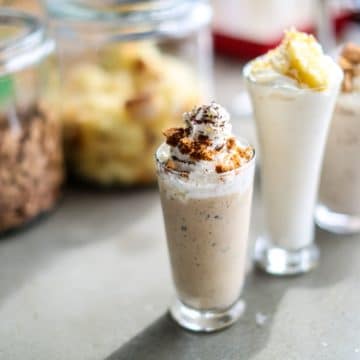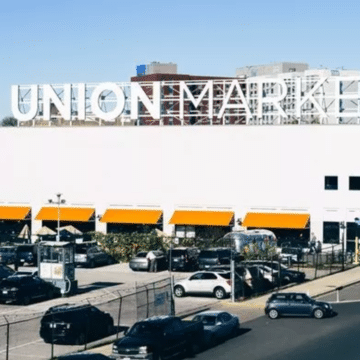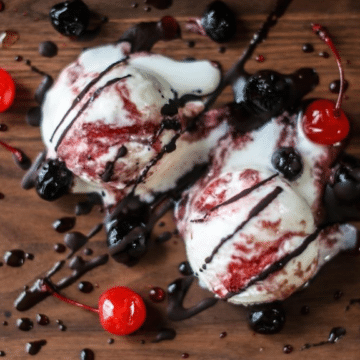We talked to Robb Duncan – who co-owns the business with his wife, Violeta Edelman – about Dolcezza’s beginnings, its expansion throughout the DC area, and its plans for the future.
Q: What inspired the creation of the new space?
A: We always wanted to have this beautiful, open air space. Obviously, we started out in a 300 square-foot kitchen in Georgetown. That’s all we needed then, 10 years ago. Then, we had 5 shops, and we needed a much bigger space to accommodate that. That’s when we found this location. We love it and we love the neighborhood. It’s part of a whole development that’s part of the revitalization of the old food market in DC.
The past year [in the old space] was a total miracle. I don’t know how we were able to do what we did in the square footage we did!
Q: What can visitors expect during the tours?
A: We’ll walk around the factory floor with them and show them where we produce everything, start to finish. Right now, we have three working days of production – where we cook and chill our bases and then we spin the flavors out, flavor by flavor. We’ll show them how it’s done and they can taste it immediately after.
Visitors are going to be eating only the freshly spun gelato. When we were in our old space, that’s the one thing that got us – we’d try the gelato out of the machine and, we’d think, wow, if people could only taste it then! (Laughs.) Now they can. It’s so soft; it just melts right in your mouth.
Q: What goes into developing a flavor? Are there some flavors that never get sold?
A: Pretty much all of our flavors are based on classic flavor combinations in various cuisines. Lemon basil, for example, is very common in Italian cuisine. We also get inspired by mixologists and their cocktails and what they’re putting together. Our farmers also inspire us – they turn us on to their fruit, their cheese, and they suggest ideas sometimes.
Ultimately, it’s important for us to come up with flavors that really work. Like, right now, we’re experimenting with Thai peanut butter gelato, and we’re grinding our own peanut butter and seeing how it works. We don’t want to throw just anything together.
One flavor we tried that didn’t quite work was strawberries with balsamic vinegar and black pepper. We tried it when strawberries were in season, but it never quite did the flavors justice. The balsamic and black pepper got in the way of the strawberries. With the factory now, though, we’re going to be developing sundaes, and we might try to bring this back in a sundae where the flavors are incorporated as separate components.
Q: What flavor has been the most satisfying for you to produce?
A: The one that stands out is the lemon opal basil. The opal basil is grown for us by Zach Lester at Tree and Leaf Farm. It’s this dark, purple basil that’s so pungent and so spicy. We juice the lemon, chop up the basil, and infuse the two. The color looks like pink lemonade and the taste is so refreshing, especially during the hot summers here.
Q: The focus on local and seasonal ingredients is now much greater than it was when Dolcezza first began. How has that affected your business?
A: We form really tight relationships with our farmers and work together with them. It helps farmers because then they have a large-volume dedicated client, and it helps us, too. It’s something we really thought about with this lab – we went out to our farmers to see if they could produce and grow with us. They’re such amazing people. It’s so hard to do what they do and support their family. When you get into it and you’re close to it, you realize that no one is working harder than them.
Q: What’s next for Dolcezza?
A: We now also have a 800 square-foot mezzanine in our new space, so we’ll be doing tons of events, dinners, and pop-ups with other chefs. We might bring in our farmers and pair them up with chefs. We’d compose plates and serve coffee and fresh gelato for dessert. We want to have relevant events, talks, and conversations with farmers, chefs, and DC’s creative community. With DC being such a center for policy, there’s a rich pool of people at nonprofits, NGOs, and think tanks doing amazing things – and we want to pull all of that together and have different events with that, too.
We eventually want to hold classes in this space – classes on how to make gelato, where to get ingredients, and know more about farmers. We also want to do classes on coffee, on topics like countries of origin, cupping, and coffee farming. We haven’t formalized this yet, but we’re wanting to do it!
Originally published here.


